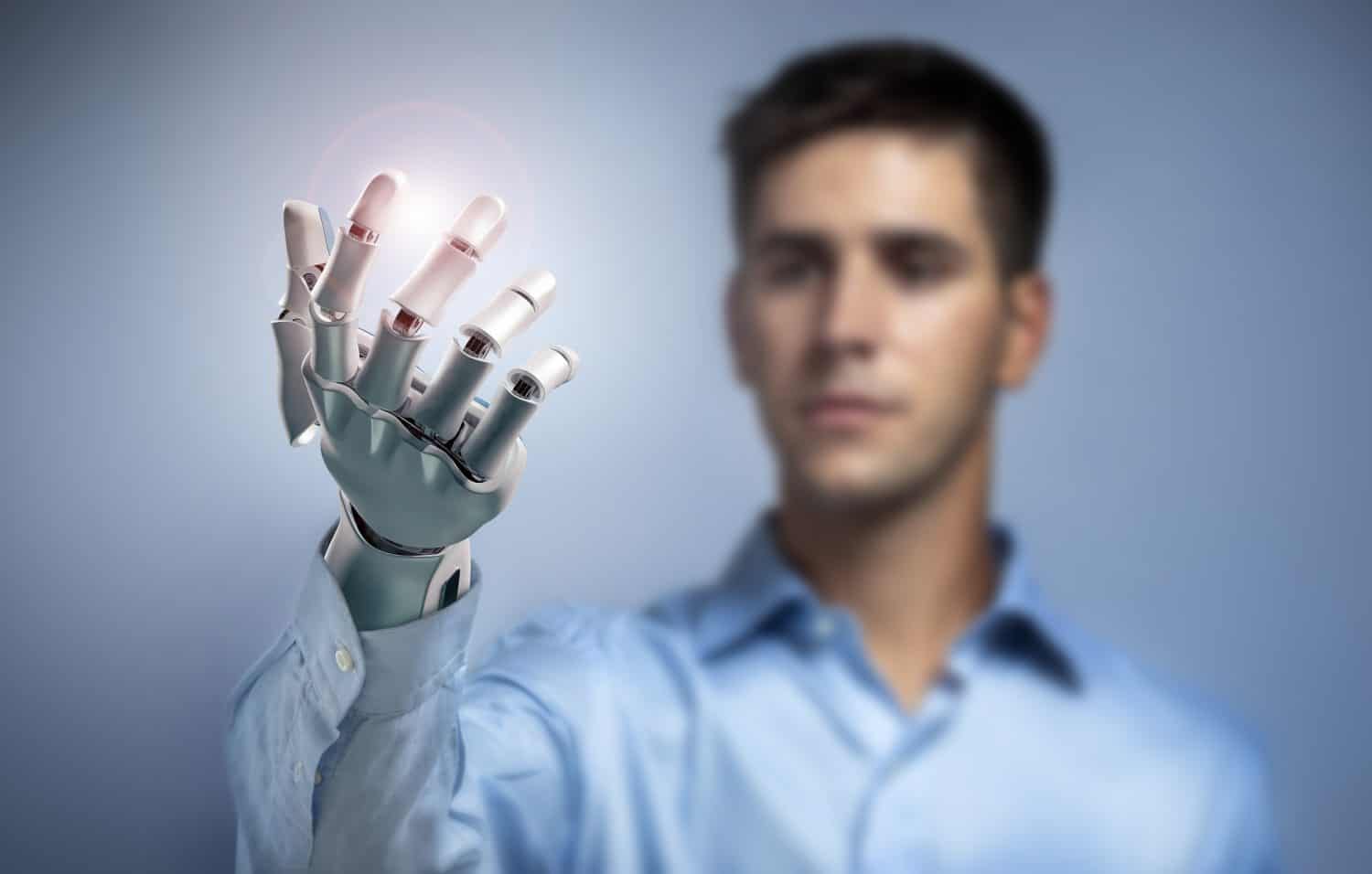
"The easiest organs to replace are those that function relatively straightforwardly and mechanically, such as bones, skin, or corneas. Other organs are more complex, such as kidneys, which not only filter the blood but also produce essential hormones for red blood cell production, blood pressure, and calcium regulation. With present technology, these more complex organs would require more than one device or injections or other medical supplements to perform all the functions of the original organ."
"Transplanting a replacement organ requires finding a compatible living or deceased donor and long-term immunosuppressive medication to prevent the body from rejecting the transplant. This compromises the body's immune system and makes the persons susceptible to life-threatening infections like COVID-19. Following are all the organs medical science can transplant from donors in 2024. Bones Bone grafts can be done from the person's own bones, from living donors, or from cadavers to reconstruct bones damaged by disease or injury."
Many body parts can be transplanted or replaced with artificial equivalents, including corneas, livers, hearts, joints, and entire faces. Mechanically straightforward tissues like bones, skin, and corneas are easiest to replace. Complex organs such as kidneys perform multiple physiologic roles and would require multiple devices or medical supplements to replicate current function. Transplants require compatible donors and long-term immunosuppression, increasing susceptibility to serious infections such as COVID-19. Bone grafts can use autografts, living donors, or cadavers and often reconstruct facial and skull injuries; about 2.2 million bone graft surgeries occur annually. Cornea transplants have low rejection rates and about 200,000 procedures yearly.
Read at 24/7 Wall St.
Unable to calculate read time
Collection
[
|
...
]